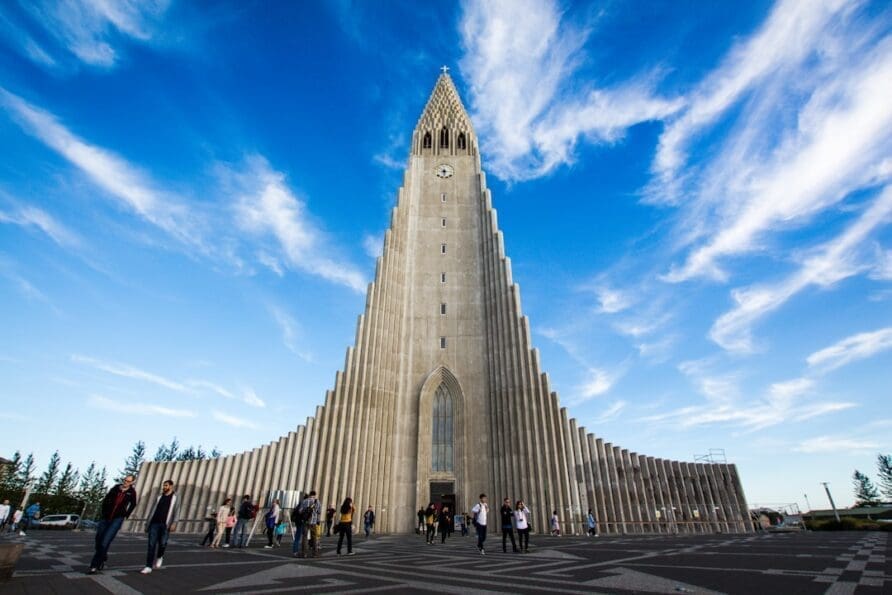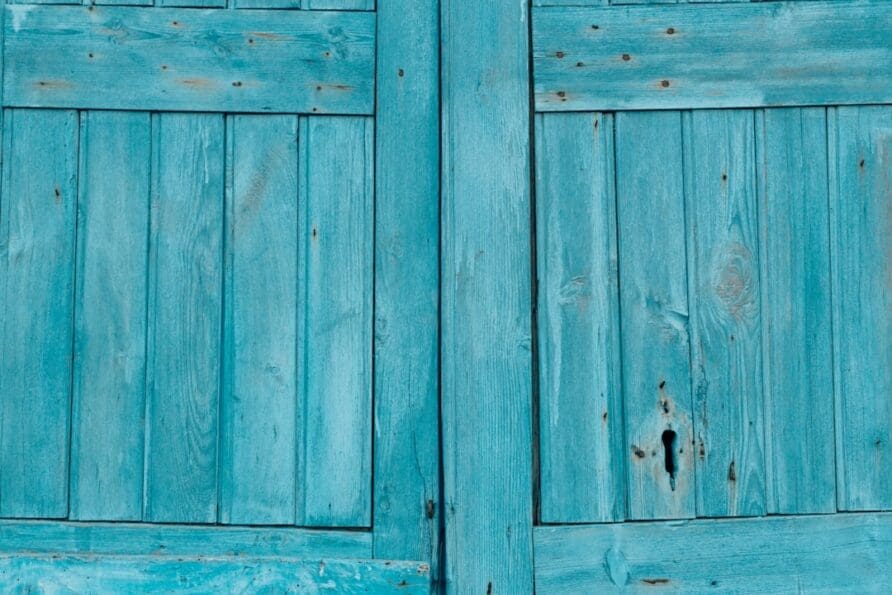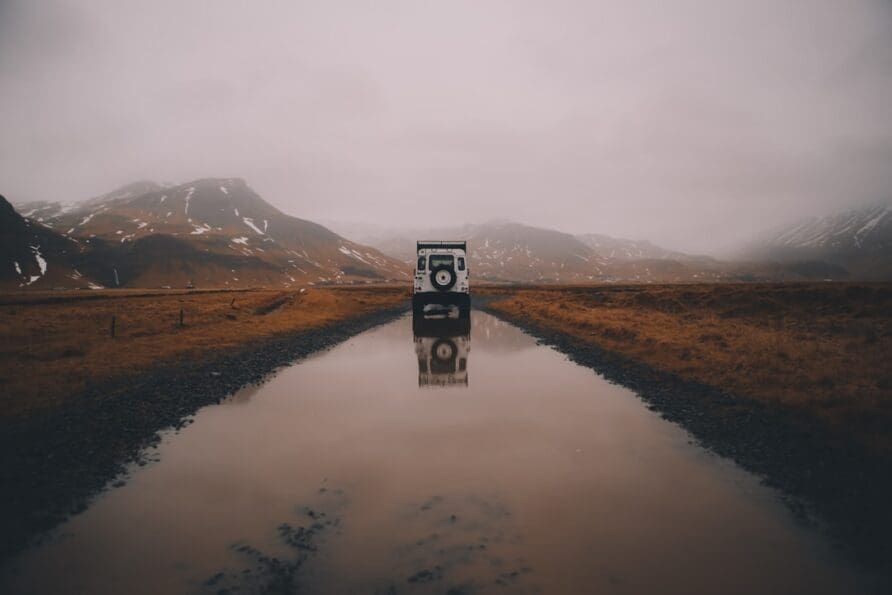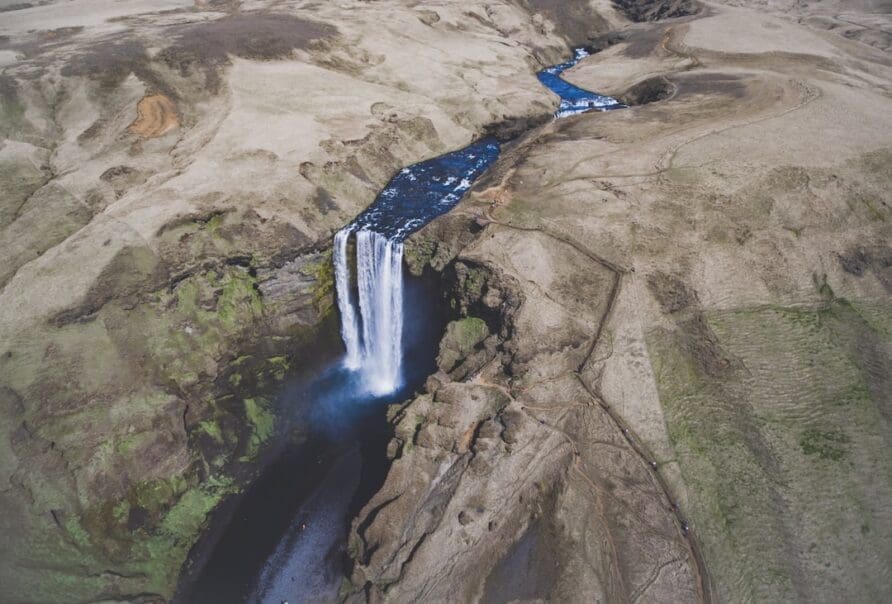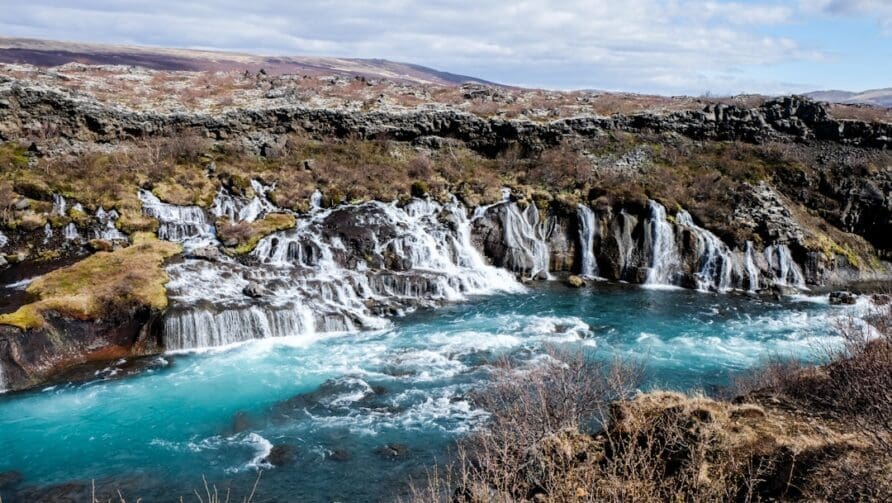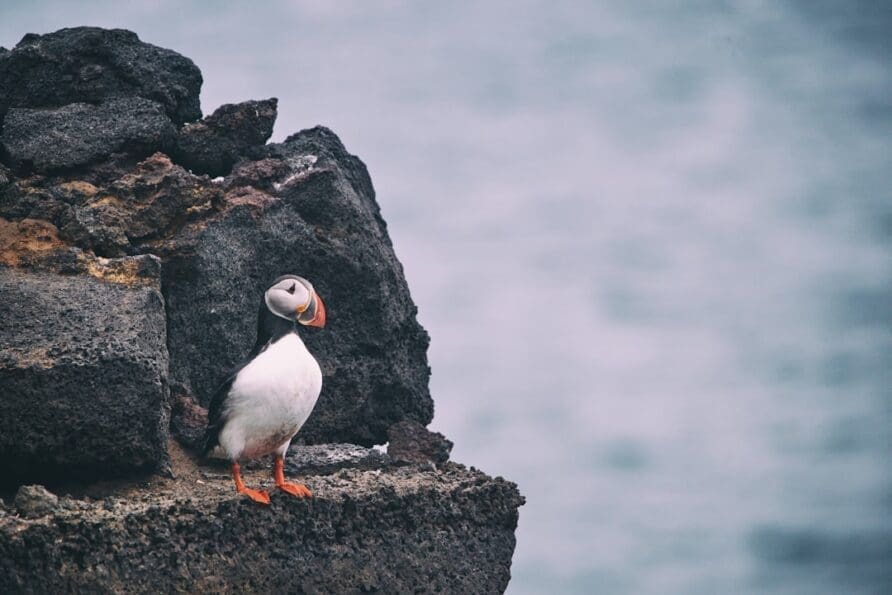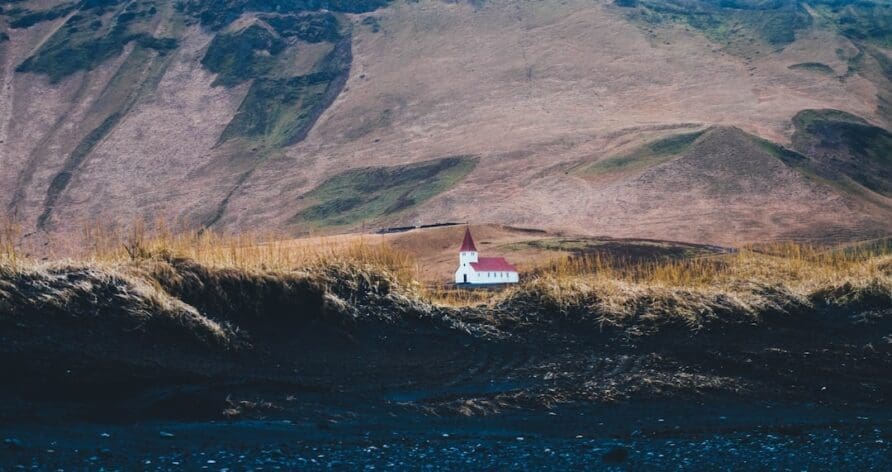Iceland, the land of fire and ice, is renowned for its stunning landscapes and volcanic activity. If you’re planning a trip to this magical island, visiting its volcanoes should be at the top of your list. Here are the top 5 Icelandic volcanoes you must visit:
1. Eyjafjallajökull
Eyjafjallajökull, famously known for its 2010 eruption that disrupted air travel across Europe, is a must-see. Located in South Iceland, this glacier-covered volcano offers breathtaking views and an opportunity to witness the raw power of nature. You can take a guided tour with Troll Expeditions to explore the area and learn about its fascinating history.
2. Hekla
Hekla, often referred to as the “Gateway to Hell,” is one of Iceland’s most active volcanoes. Situated in the south of the country, Hekla has erupted more than 20 times since the year 874. Hiking to the summit of Hekla provides an unforgettable experience with panoramic views of the surrounding landscapes. Make sure to check the weather and volcanic activity reports before planning your hike.
3. Katla
Katla, located under the Mýrdalsjökull glacier, is another powerful volcano worth visiting. Known for its explosive eruptions, Katla is closely monitored by scientists. While direct access to Katla is restricted due to safety concerns, you can explore the nearby areas and enjoy the stunning scenery. Consider joining a tour with Troll Expeditions to get the most out of your visit.
4. Askja
Askja, situated in the remote highlands of Iceland, is a caldera filled with a stunning blue lake called Öskjuvatn. The area is known for its lunar-like landscapes, making it a popular destination for adventurers and photographers. A visit to Askja requires a 4×4 vehicle and careful planning, but the experience is well worth the effort. Be sure to check the road conditions and weather forecasts before embarking on your journey.
5. Krafla
Krafla, located in North Iceland, is a volcanic system with a history of eruptions and geothermal activity. The Krafla area features the Viti crater, which is filled with a beautiful turquoise lake, and the Leirhnjukur lava fields. Exploring Krafla offers a unique opportunity to witness the geothermal forces shaping Iceland’s landscape. Don’t miss the chance to visit the nearby Mývatn Nature Baths for a relaxing soak after your adventure.
Iceland’s volcanoes offer a glimpse into the island’s dynamic geological history and provide unforgettable experiences for travelers. Whether you’re hiking to the summit of Hekla or exploring the lava fields of Krafla, these natural wonders are sure to leave you in awe. For guided tours and more information, visit Troll Expeditions.
Plan your trip to Iceland today and discover the incredible beauty of its volcanoes!

